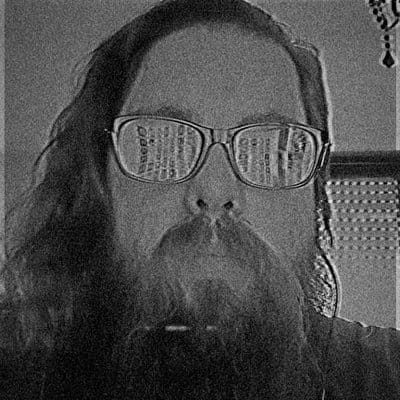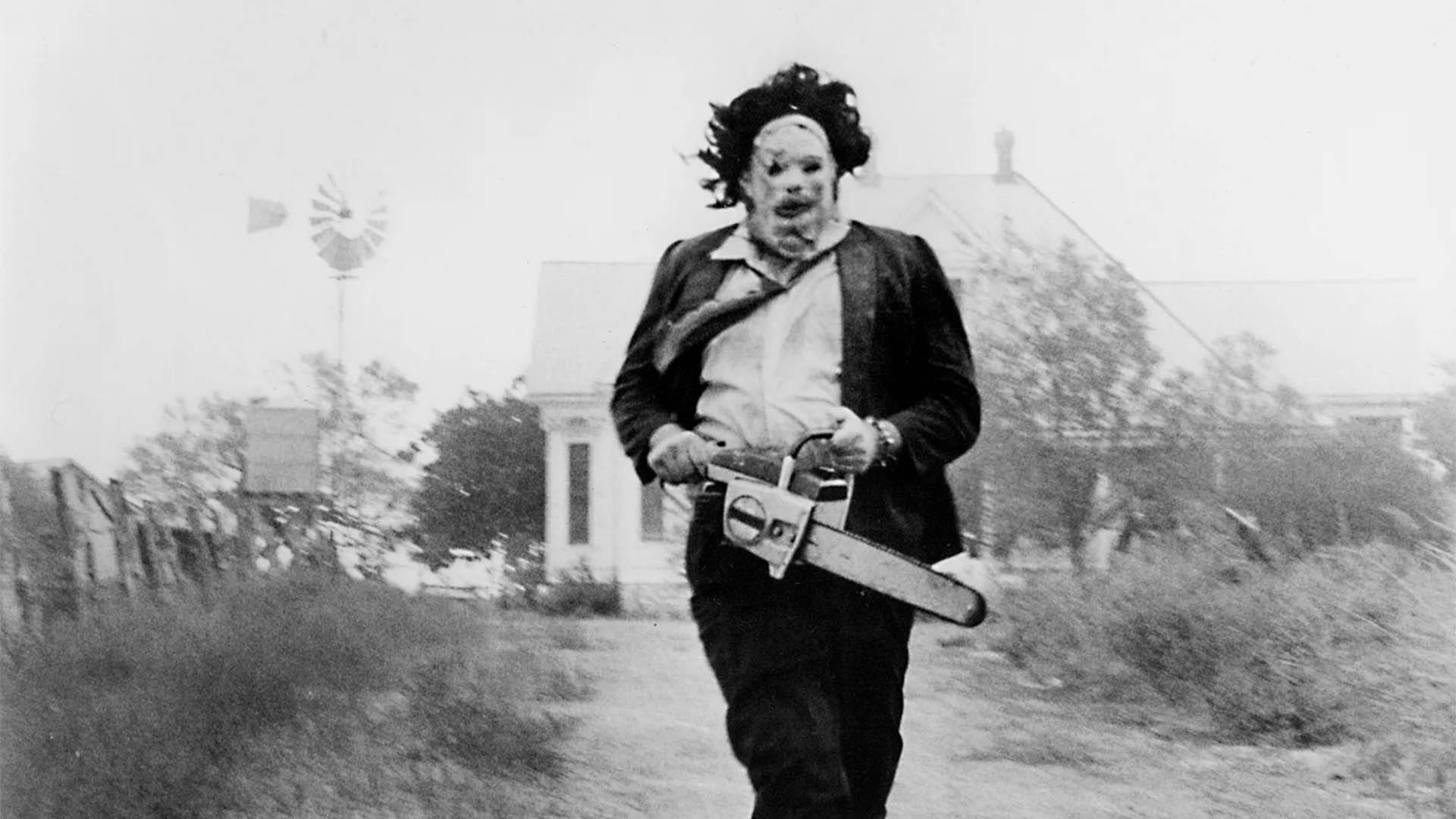
The article you are about to read is an account of the tragedy that befell a group of people, particularly Sally Hardesty and her disabled brother, Franklin. It's even more tragic because they were young. But even if they had lived very long lives, they wouldn't have expected or desired to see anything as macabre and crazy as what they saw that day. For them, an idyllic summer afternoon turned into a nightmare. The events of that day led to the discovery of one of the strangest crimes in the annals of American history: the Texas Chain Saw Massacre.
Released in 1974, written by Tobe Hooper and Kin Henkel and directed by Hooper himself, The Texas Chain Saw Massacre became a blueprint for horror cinema. It influenced films, songs, comics, and even wrestling characters. This Halloween month, we're going to learn about the man who inspired horror, the Sawyer family in its incarnation within the original trilogy, and the chainsaw as a true icon of horror cinema.
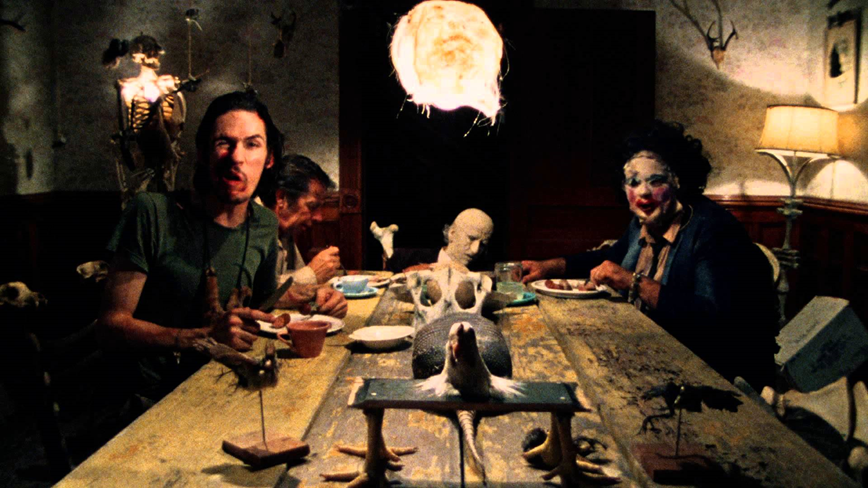
Ed Gein, the Plainfield Butcher
On November 16, 1957, in Plainfield, Wisconsin, Sheriff's Deputy Frank Worden found the cash register in his family's store with no cash and blood on the floor, but he didn't find Bernice, his mother. After Mrs. Worden, 58, disappeared, the sheriff began an investigation. Frank knew that a man who lived on a seldom-visited ranch near town would stop by to buy antifreeze that morning, and they confirmed his presence with the store's last purchase receipt. That same night, Ed Gein was arrested, and his farm was searched for Frank's mother.
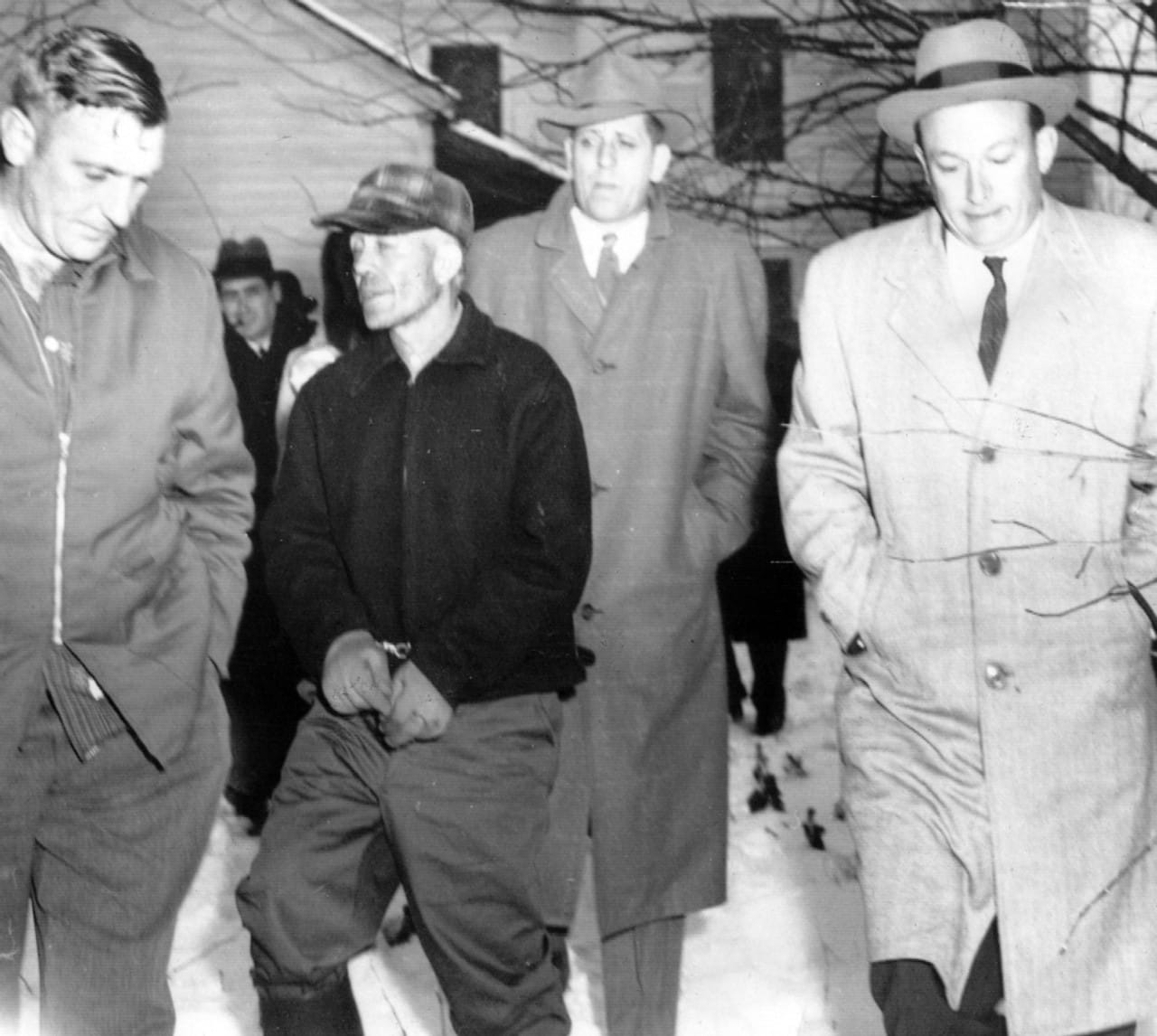
Bernice Worden's body was found decapitated and hanging from the legs in a farm shed. The violent and gruesome scene became even more bizarre when investigators saw that Mrs. Worden was dressed as a "deer" and that her mutilated body also bore rifle marks, as if she had been hunted. Inside the farmhouse, police found furniture made of human bone and skin, several human-skin masks, and a female costume made of skin, including a corset, pants, and a shirt.
Investigators continued to uncover all sorts of macabre objects created by Gein, such as a lamp with a human-faced lampshade and multiple skulls transformed into bowls and ashtrays. Aside from Bernice's remains, they also found the decomposing body of Gein's mother and the skull and parts of Mary Hogan, another town lady who had disappeared a few years earlier. After his arrest, Ed Gein confessed to some of his crimes, which also involved exhuming and stealing corpses from the Plainfield cemetery. Gein was declared mentally incompetent and therefore unfit to stand trial in 1958. He spent the rest of his life in mental institutions until his death in 1984.
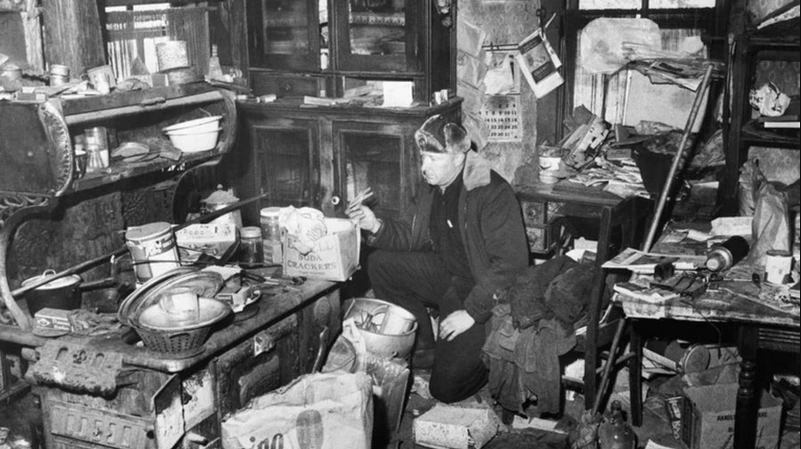
Ed Gein (who has a Netflix series called Monster: The Ed Gein Story) belongs to that lineage of psychopathic killers that the United States would come to normalize with the label "serial killers". His actions would leave a dark and violent legacy that would serve as inspiration for many horror stories, as he would be something like patient zero in an endless list of cursed characters like Ted Bundy and Richard Ramirez, among others.
Gein's unstable mind left tropes for the creation of stories that would be used for life, such as his obsession with his mother, cannibalism, and his passion for making furniture and clothing from corpses. Within pop culture, Ed Gein inspired three very important films in the horror genre: Psycho (1960) and The Silence of the Lambs (1991), with the original Texas Chain Saw Massacre (1974) in between.
The Chainsaw in the Massacre
Some ideas that change art come from a simple random thought. Tobe Hooper was struck by the muse of gore when he saw a chainsaw in a store and imagined using it to cut a path through a crowd. That idea lingered while he and Kim Henkel began working on a project that began as a horror adaptation of Hansel and Gretel and ended with the massacre we know today.
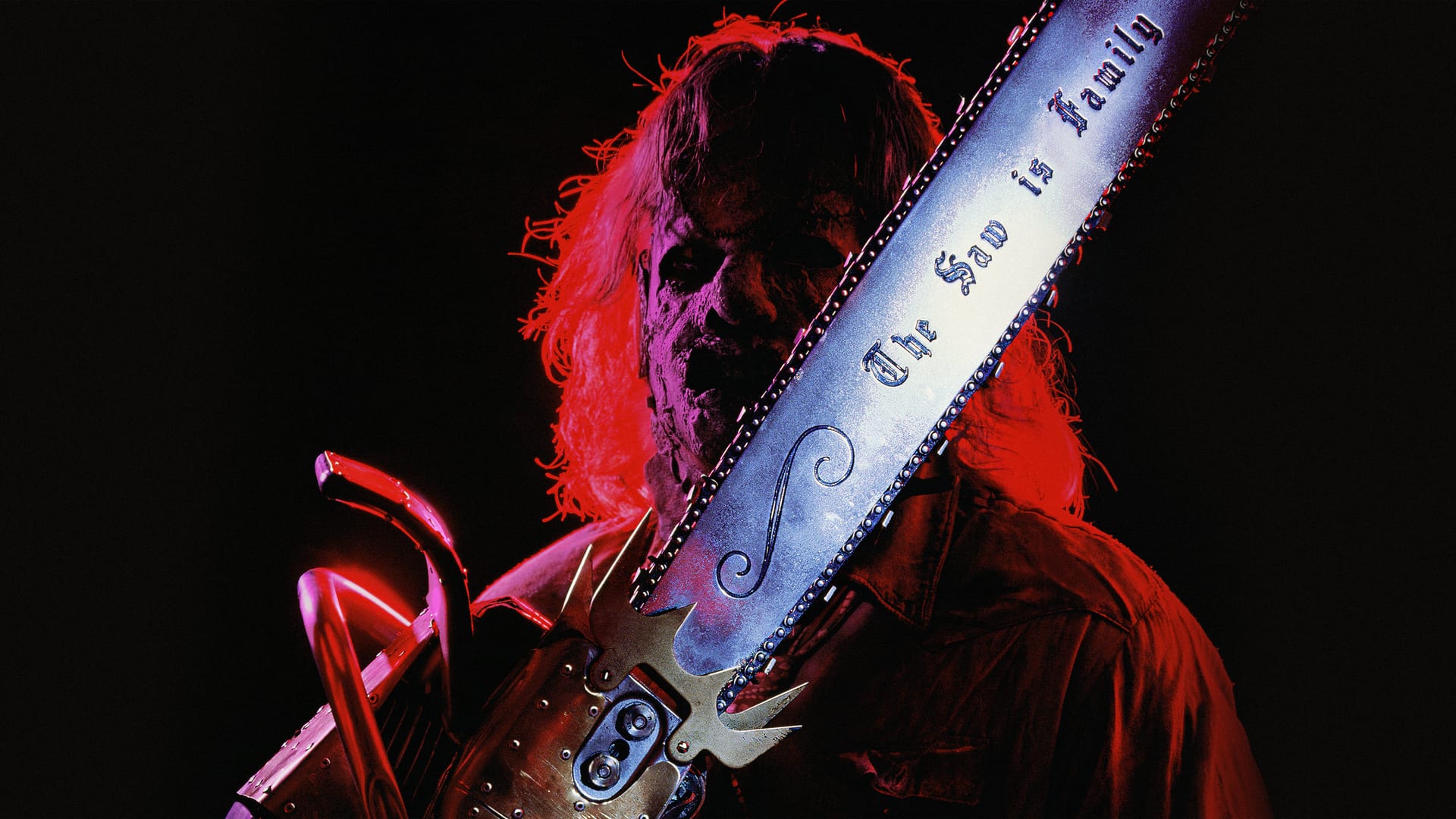
From this film on, the chainsaw transforms from a manual tool originally designed for cutting wood into a brutal and cruel weapon. It roars like a beast with vicious teeth that slice and tear. The damage it can cause is terrible because amidst the roar of the engine, this gardening tool-turned-monster destroys with its blades in its own frenzy of violence. The curious thing about this element—which is crucial to the saga—is that there aren't that many deaths by chainsaw, at least not in the original trilogy. But the level of trauma it generates is such that it takes all the fear. The idea of using it as a weapon has been replicated in cinema several times, with the character of Ash from Evil Dead being another iconic wielder, although its legacy was so influential that we can see it in films like Scarface or on the chainsaws of the Space Marines in Warhammer.
Family First
Sally Hardesty (Marilyn Burns) is traveling through Texas with her brother Franklin (Paul A. Partain) and three friends. They heard that graves were being desecrated and went to check out their grandfather's grave and, incidentally, visit the old Hardesty farm. But that weekend trip turns into a nightmare when they come across the Sawyer family, a group of cannibals and psychopaths who enjoy torture and horror.
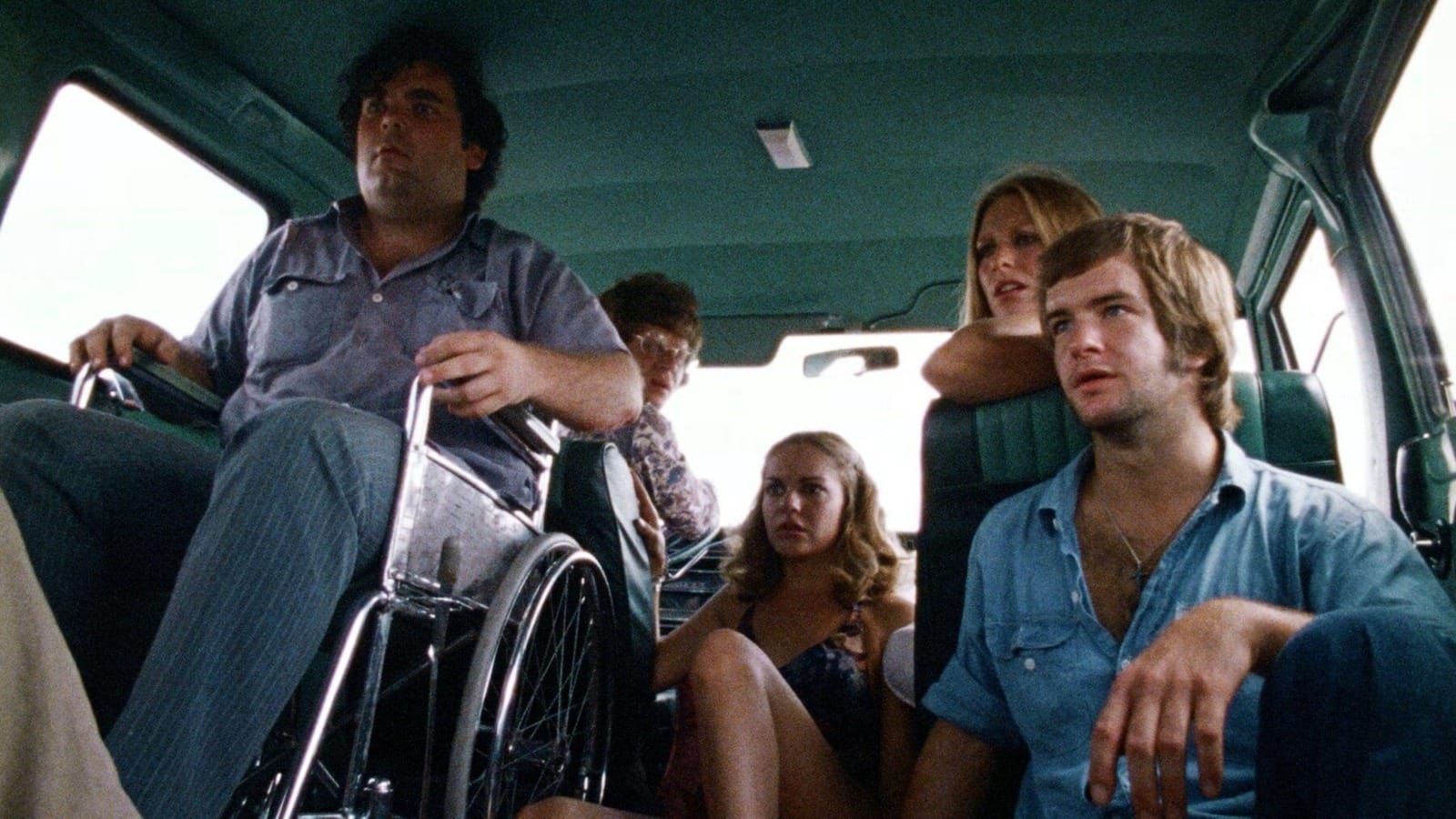
While Leatherface always comes to mind first when talking about the saga, the characters who represent the family are fundamental to building the atmosphere. The most terrifying thing about this 1974 film is how real the madness feels, and that's a product of the members who make up the Sawyer family, whose first formation we see in the original film, with three brothers and Grandpa Sawyer.
The first person we meet is Nubbins Sawyer, "The Hitchhiker", played by Edwin Neal. Nubbins is a deranged man who constantly revels in the fear-mongering situation. He has a somewhat hippie look that would be reinforced in the character of Chop Top Sawyer in the second film. He's presented as one of the most chaotic characters, and his role—all the Sawyers have one—is that of a delivery boy.
Then we have Drayton Sawyer, "The Cook", played by actor Jim Siedow, whose role is very important because he already had experience in other films and was the only actor in the syndicate, which allowed them to seek financial support for the film. Drayton is the eldest brother and patriarch of the family, a cook and organizer, and, along with Leatherface, are the only Sawyers to appear in another film in the saga. He's the leader but also the link between the slaughterhouse and the surrounding towns, and can be seen as a "nice crazy guy." To develop this profile, which makes him very dangerous, Siedow studied real serial killers. We see this duality on several occasions: he's the one who shows the victims the way at the gas station in the first film and he's also the champion of the chili con carne contest in the second, where he's portrayed as a cheerful and good-natured old man. Drayton changes his personality like Leatherface.
And we also have Grandpa Sawyer (John Dugan), whom the other members consider the best killer in the family, but at over 90 years old, he's almost mummified, though still alive thanks to his blood consumption.
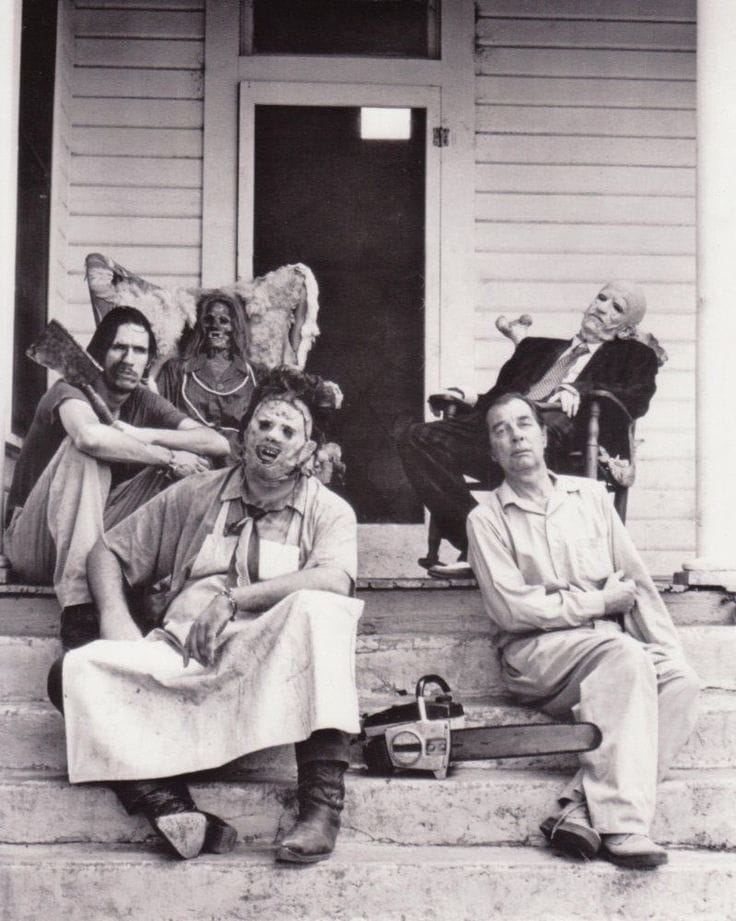
In The Texas Chainsaw Massacre 2 (1986), Nubbis's twin brother, Robert "Chop Top" Sawyer, played by the great Bill Moseley, is introduced. Chop Top is the definitive version of the hitchhiker, much more bizarre and hippie. The character doesn't appear in the first film because he was serving in Vietnam, where he earned the metal plate in his head. He soothes this wound by heating a metal clothespin with a lighter and passing it through the metal plate, eating away the bits of skin on his head in the process. He's a music fan, and in fact, actor Bill Moseley had a band called Cornbugs with guitarist Buckethead, where several songs are sung and written by the character.
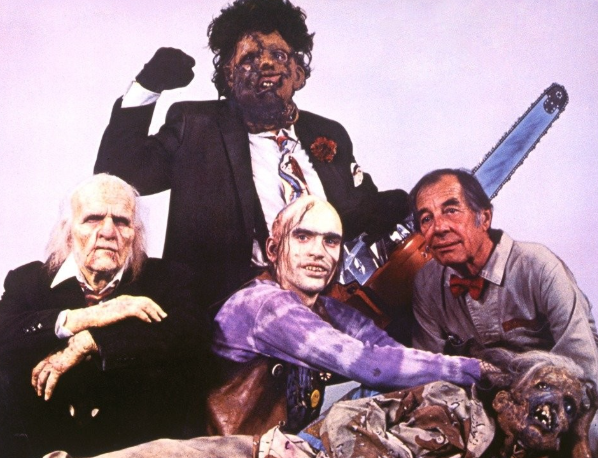
His impact was so great that William Hooper, Tobe's son, worked on a film about him called All American Massacre, which was planned for release in 2000. It is considered one of the most important lost media in horror cinema, as it was never released. In August of this year, raw footage from the film appeared for auction on eBay; apparently, the seller had obtained it from a lot he bought from a guy who had worked on the project. The purchase involved a VHS tape and 40 slides, which ended up selling for $8,500. Unfortunately, it's not the complete footage and apparently has some X-Files clips on top.
Finally, we have the most representative of the saga: Bubba Sawyer as Leatherface, played by Gunnar Hansen. He's the only member of the family who recurs in its various versions, and eight actors have played him in the nine films in the saga. He's so important that in several countries, the film's name revolves around him. This is true in Argentina, where the original film was released as "El loco de la motosierra" (The Chainsaw Maniac) by distributor Transeuropa Video Entertainment.
But the archetype begins with Gunnar and the work of Hooper and Henkel to create the ultimate monster. After a friend encouraged him to audition, Hansen impressed Tobe Hooper with his imposing physique and willingness to portray such a bizarre killer. Hansen immersed himself deeply in the role, spending a few days in a disability camp to develop Leatherface's personality. During filming, he didn't interact with the rest of the cast off-camera to maintain the tension. This helped enhance the authenticity of the scenes, as the actors were unfamiliar with him outside of character. Given the freedom he had to work on Leatherface, he created different personalities based on the masks he wore, each symbolizing a different aspect of the character, from aggression to quiet introspection.
In the original trilogy, Leatherface adds some new elements that have more to do with the tone of the films that followed than with lore, but he doesn't lose his role as the family's muscleman and butcher. In the different incarnations, we see several clues that bring us closer to the character's origin. It wasn't until 2017, with Leatherface, that he would have his first film with his story as the protagonist. However, it's part of one of the many reboots of the saga, so it's not entirely canon. There's a theory that presents Leatherface as a role within the family and suggests that they choose one of the Sawyer children to groom and be the one to wear the leather mask. He's the most well-known character, but I dare say he's the least dangerous of the family, and his childish side helped some of the Sawyers' victims let his guard down.
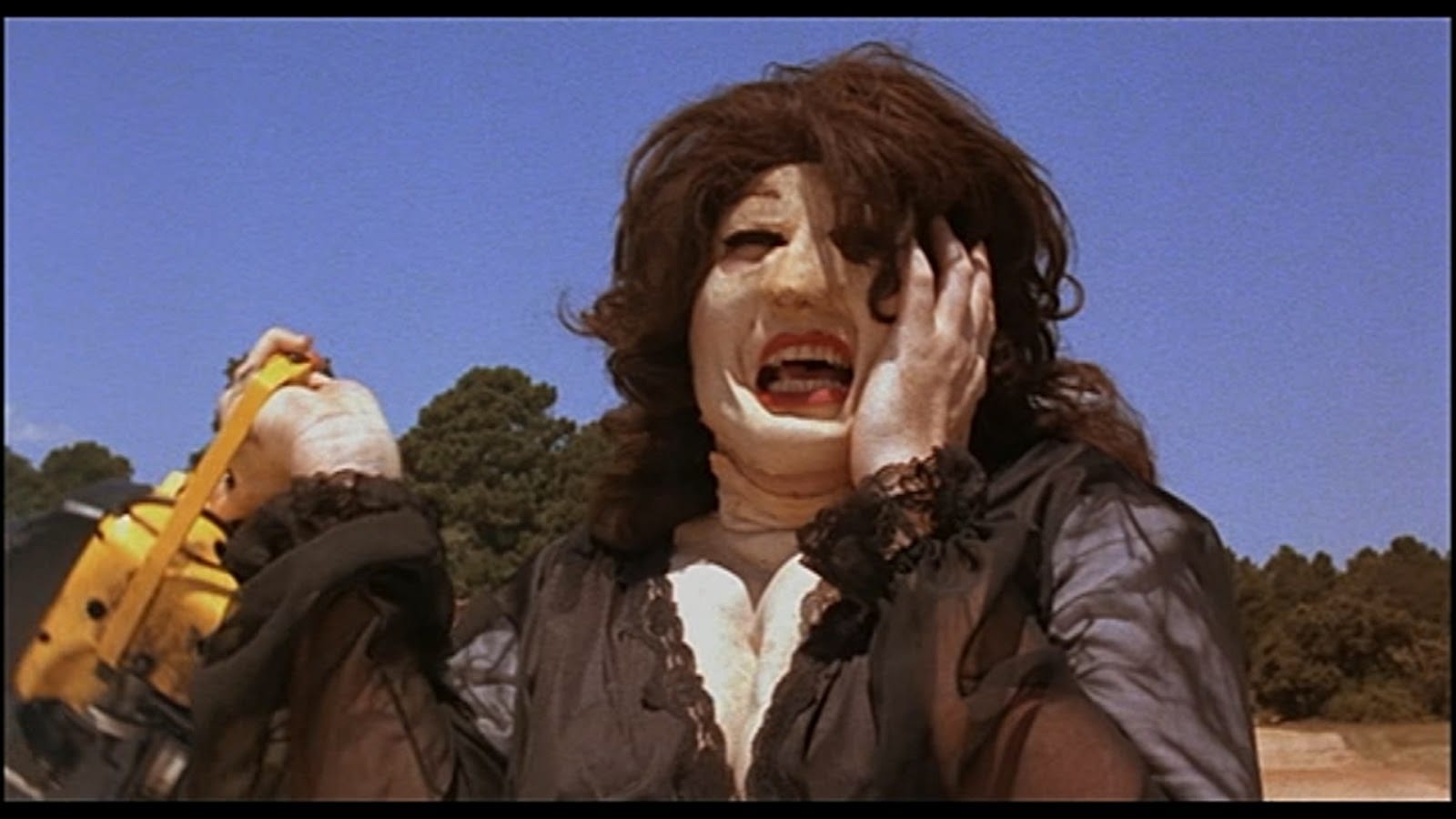
The Sawyer Genealogy
We can say that this would be the original formation of the Sawyer family, shown in the first and second installments of the saga. Then there are several more films that add new members in different timelines, where the concept of the united family, the presence of Leatherface, and the enjoyment of meat are repeated. But there are two more characters I'd like to highlight because they add new depth to what we can also call the Sawyer Cult.
In Leatherface: The Texas Chainsaw Massacre III (1990), we are introduced to a young Viggo Mortensen as Tex Sawyer. This character is a handsome cowboy willing to help and pass himself off as a human, but in reality, he's another psychopath. In Drayton's style, Tex can escape society and interact without arousing suspicion.
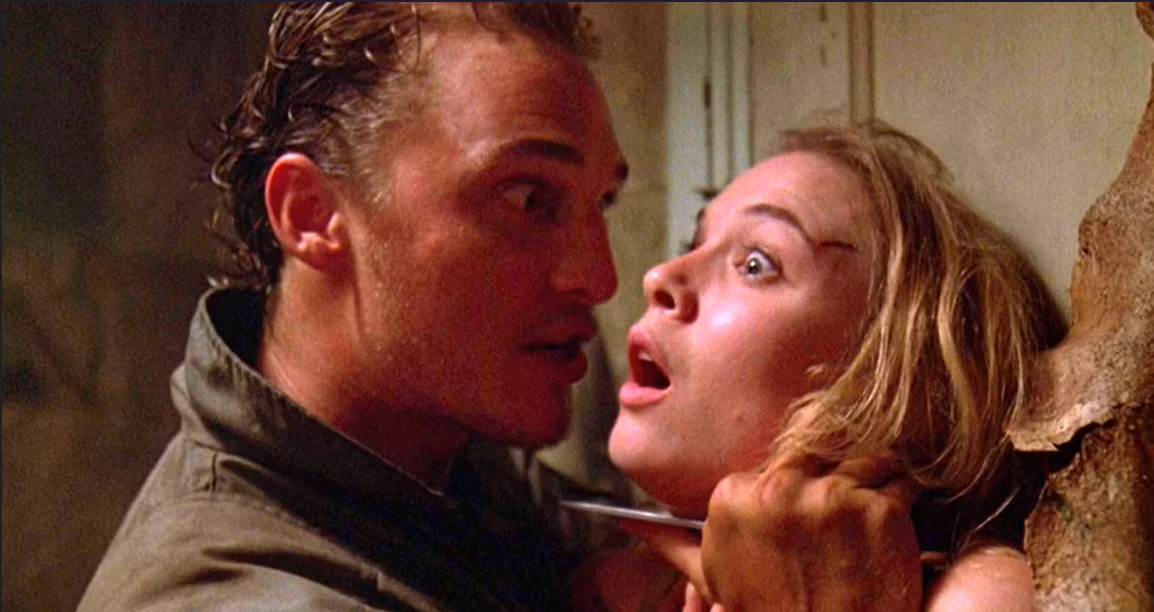
The third installment's version of the family also featured the first appearance of female characters, such as Mama Sawyer (Miriam Byrd-Nethery) and a child simply called Little Girl (Jennifer Banko). Then, in The Texas Chainsaw Massacre: The Next Generation (1994), we have Matthew McConaughey as Vilmer Sawyer, perhaps the most violent and horrific character in the entire family. McConaughey's performance is visceral, uncomfortable, and even ends up killing more, winning the spotlight from Leatherface in that film.
The icons that make this saga a classic are the inspiration for countless stories in different formats: the family as a cult, the chainsaw as a tool, and the ghost of Ed Gein as part of the mentality behind the horrors. While the franchise has stalled, it's one of those that refuses to die and keeps coming back. Today, Leatherface and his family are among the pop icons of horror. As the phrase engraved on the chainsaw given to Leatherface in the third installment says: "The saw is family."

